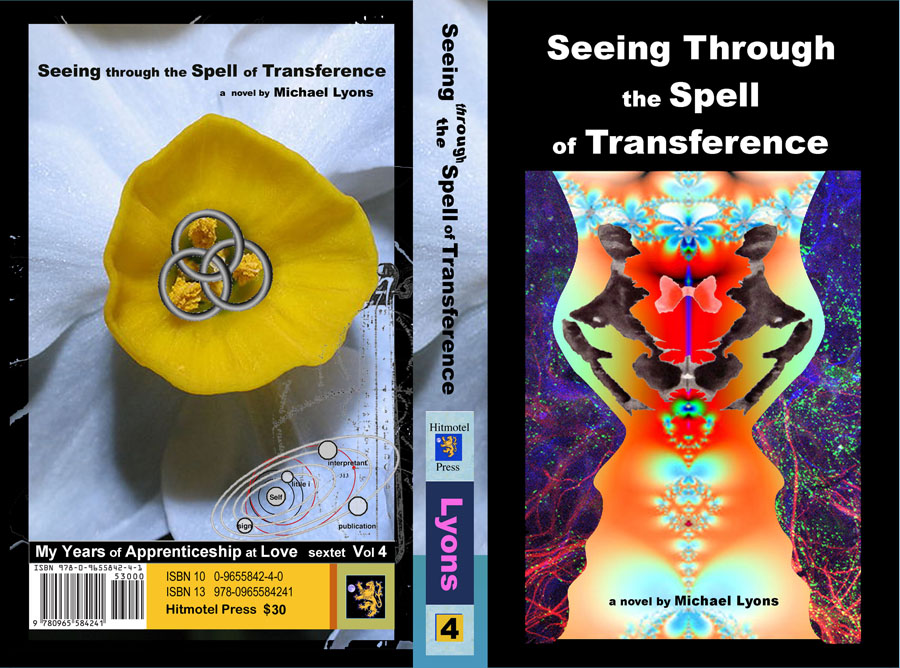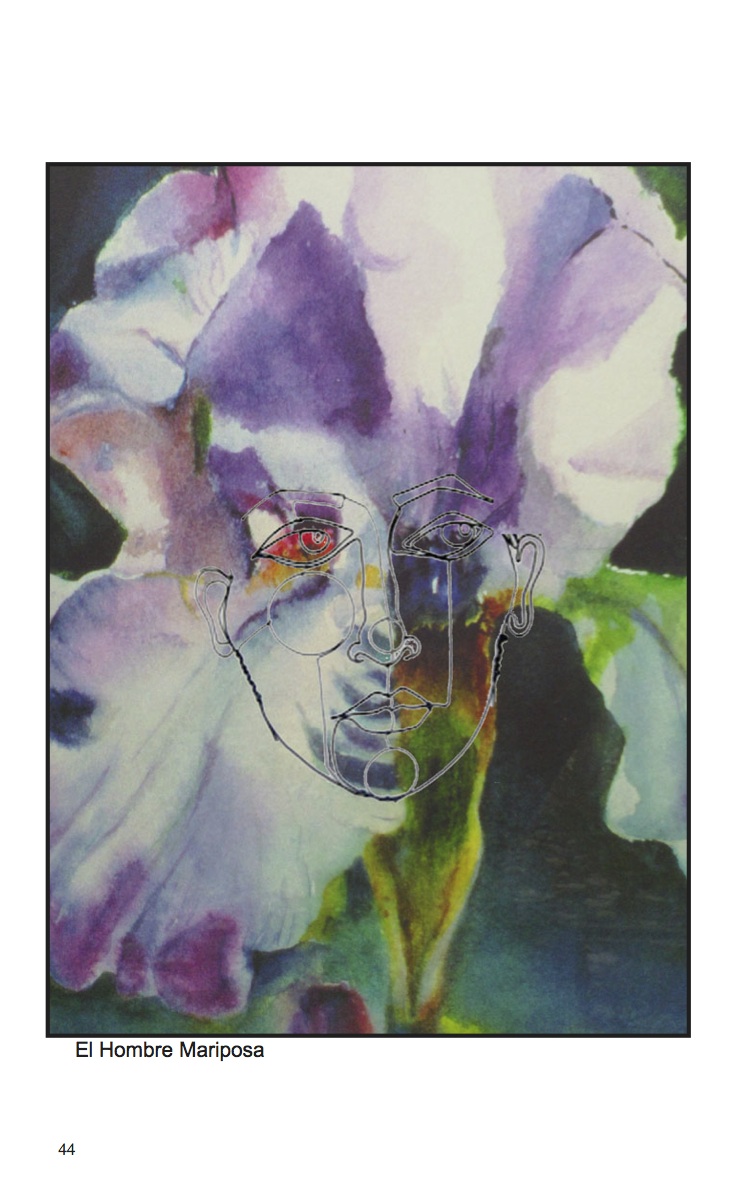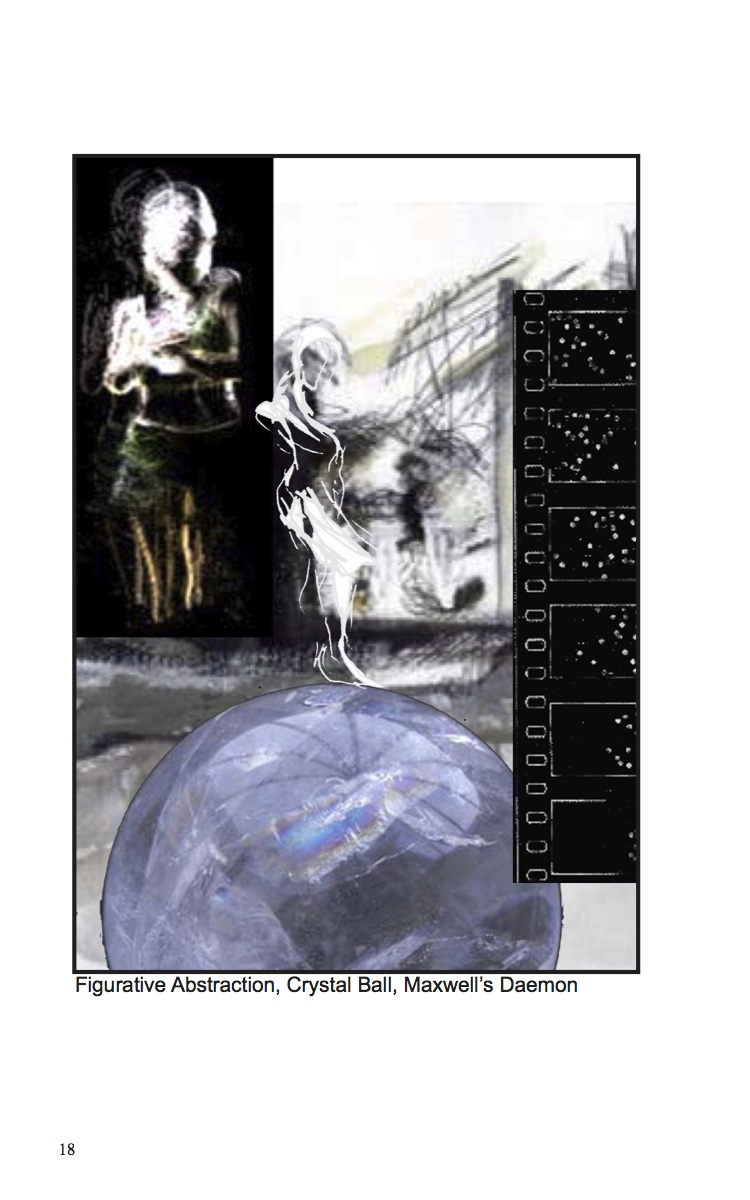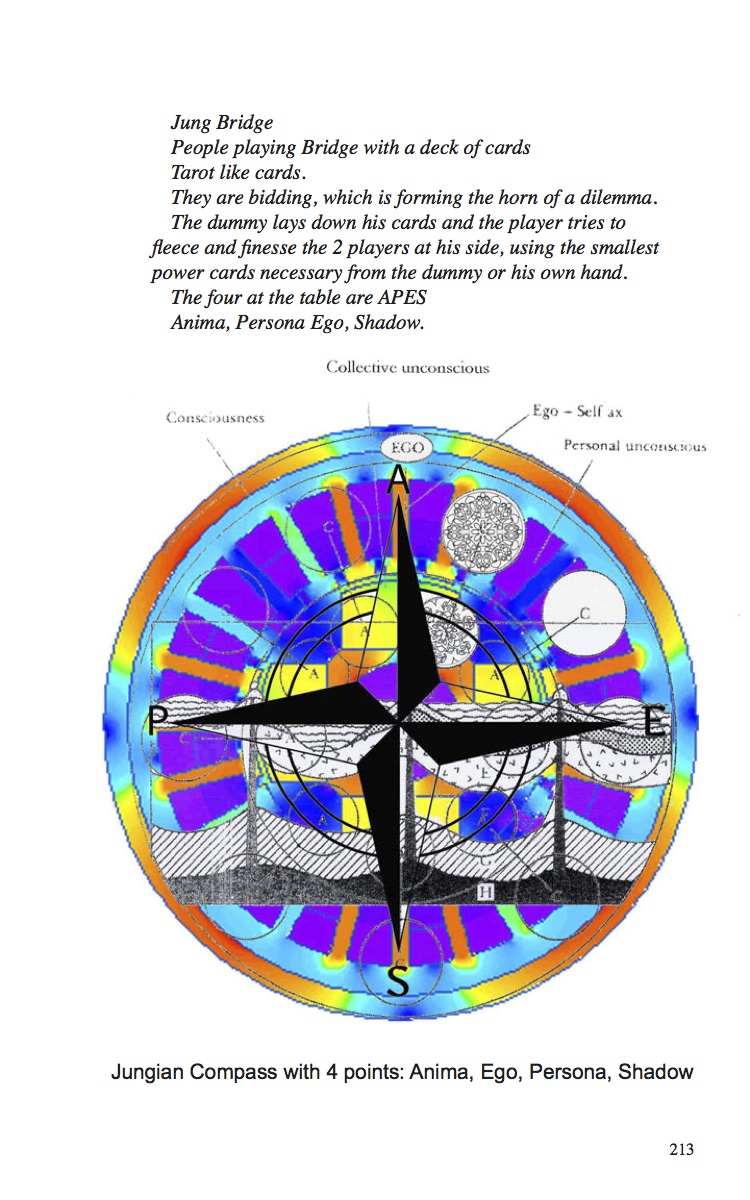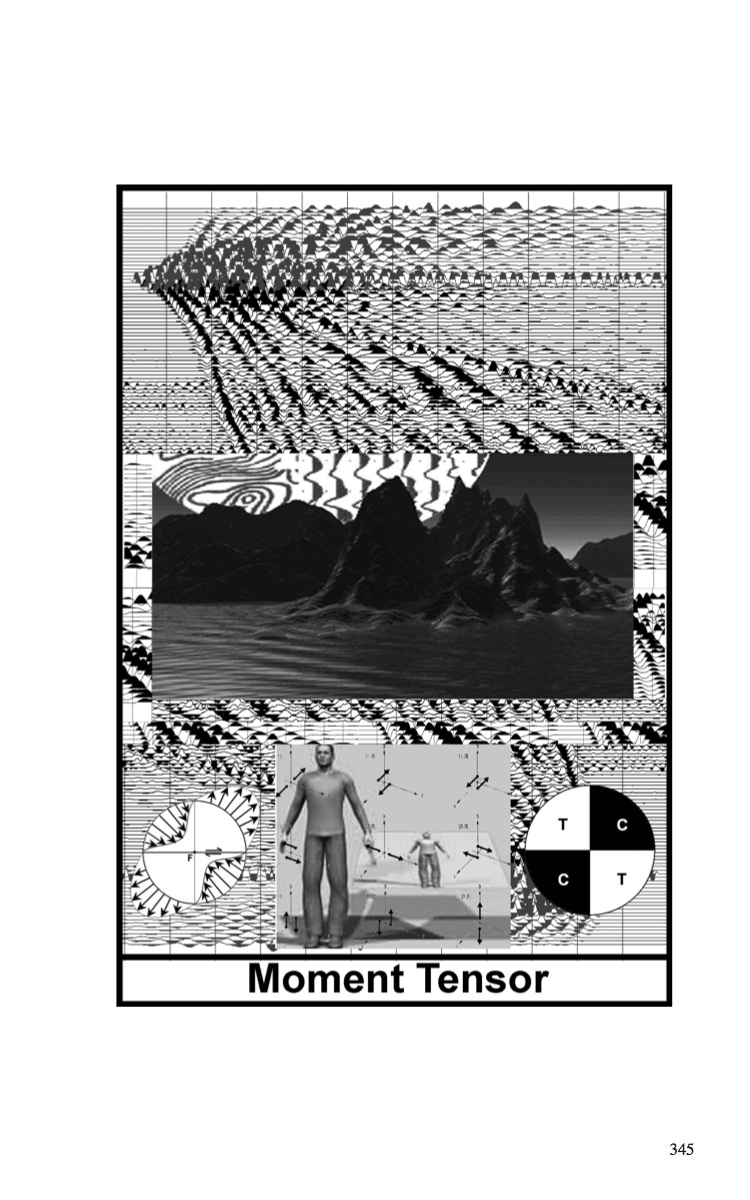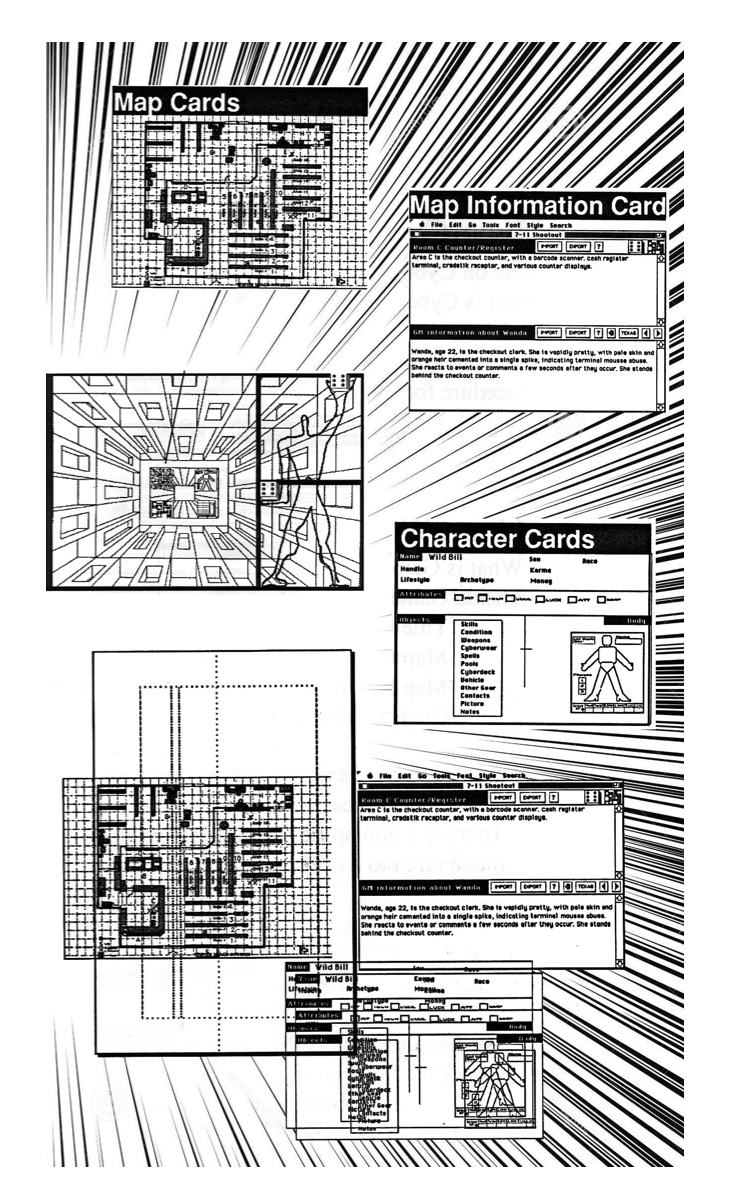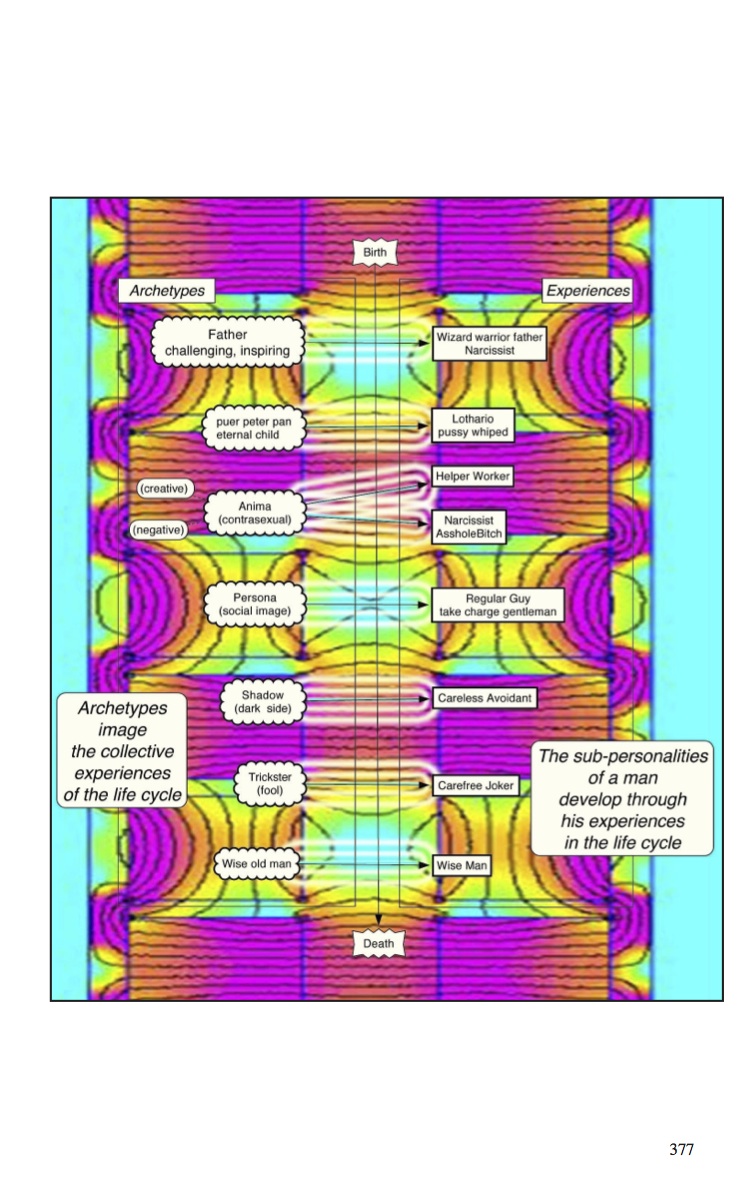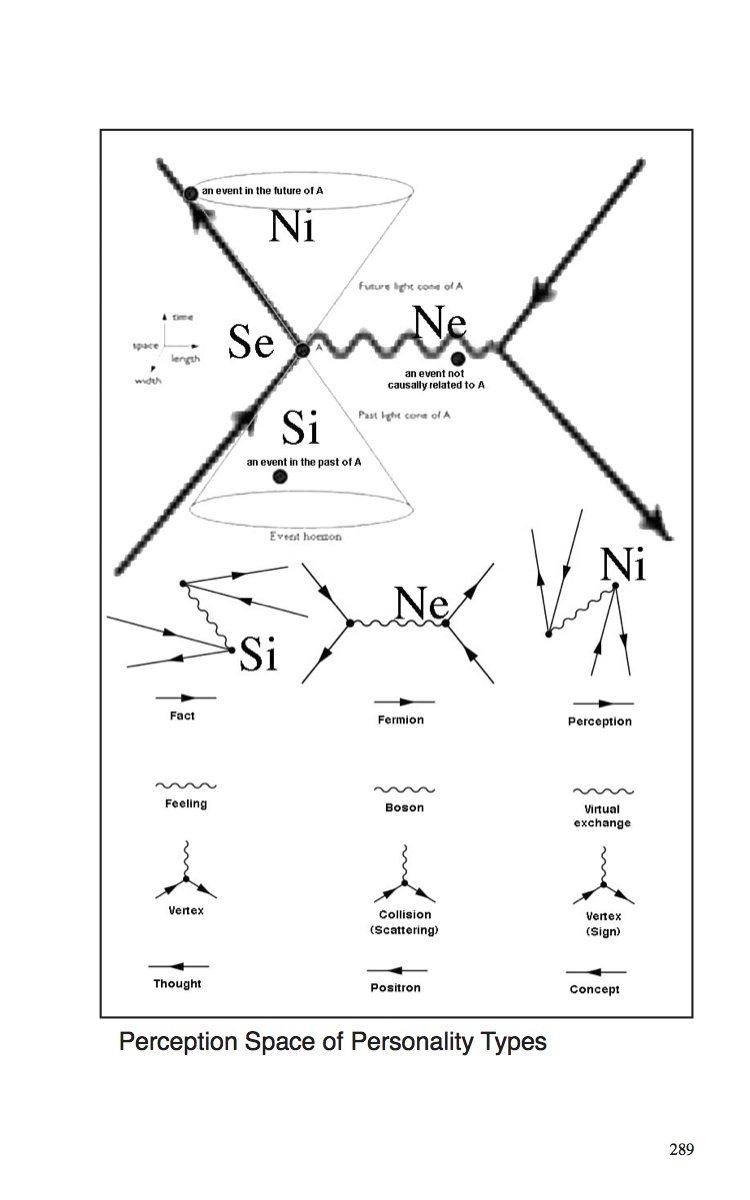Seeing Throught the Spell of Transference
Paperback: HiT MoteL Press, December 2018, 1st Edtion
Ebook: HiT MoteL Press, 2019, 2nd Edition.
398 pages. Paperback ISBN 9780965584241
Buy the paperback on Amazon or Barnes & Noble.
Buy the ebook from Amazon or Bandcamp.
See the other books in this sextet HiT MoteL Press.
Summary
The beginning of Seeing Through the Spell of Transference is set in the early 80s. It is a good history of the computer revolution from the cannon fodder worker’s point of view entering into the processed world. It is the story of a passionate love affair in the bewildering early days of the AIDS epidemic. As the title suggests it is about psychoanalytic therapy in which we sit in on sessions and watch the “patient” grow in psychological sophistication. This book is a long journey into the psyche. There are signposts along the way in the form of mandala which emerge spontaneously as archetypes of the quest for wholeness. As the POV character learns to interpret the symbols of dreams in hopes of a more lucid perspective on being.
Lyons asks a lot of his readers. He starts it off simply: boy meets girl. Like so many of his generation he starts getting into computers through a word processing class.
It shows a traditionally literate person getting retrained by the algorithmic way of computers as he becomes a contractor and thinks he has transcended the hierarchy of the industrial revolution of corporations to the more democratic processed world of corporations. It is cyberpunk for the sense of being co-opted and wanting to resist, yet being attractive to the enormous amplification of creativity brought by computers.
Trust that this book will teach you how to read it. .
Table of Contents
Berkeley Doldrums ............................................................ 1
Presenting Symptom & Preconceptions............................. 6
The Lady of Hiddenbrook Lane....................................... 12
Baywolf............................................................................ 19
The Mystery .................................................................... 31
Mandala — Wheel of Samsara ........................................ 41
At the Dance ................................................................... 45
House of Tricks ............................................................... 50
The Hired Hand ............................................................... 56
Wordstar ........................................................................... 66
Poets Essayists and Novelists .......................................... 73
The Kelly Girl .................................................................. 74
Mandala — Defense Mechanisms ................................... 76
At the Hot Tub ................................................................. 83
Vida .................................................................................. 88
The Electron Beam Microlithographer ........................... 93
Pussycat Theatre .............................................................116
Open Systems Interconnect............................................ 123
Transference................................................................... 146
Last Tango in Berkeley ................................................. 160
Mandala — DSM IV ..................................................... 171
Some Girlfriend Talk ..................................................... 178
Homo Septiens ............................................................... 180
Specialman’s Provisional Life ...................................... 193
Mandala — Archetypes.................................................. 206
The Shadow Probes of Enantiodromia .......................... 221
Storytelling..................................................................... 231
GlassDoor Glasnost ....................................................... 257
Mandala — Homoculus ................................................. 274
From Symbolism into Lucidity ...................................... 278
To See as Sea Horses Do ............................................... 285
Entity Relationship Modeling ........................................ 293
Mandala — Matrix......................................................... 322
The Moment Tensor ....................................................... 346
GameWriter and HyperCyberpunX ............................... 359
Individuation .................................................................. 363
Mandala — Eye ............................................................. 382
I thought the book could use an Introduction
Introduction
Seeing Through the Spell of Transference is a novel of liberation for both the main characters Walker Underwood and Cora Rosenov. As the title suggests it is about using the transference of psychoanalysis which is itself a kind of spell, to see into your psychological dysfunction, itself a kind of spell. Or, at least come to understand something of the self who looks through from behind the masque. The story begins with the two meeting at a dance, and broadens perspective to include their backgrounds. Underwood is in therapy and we listen in to the talking cure, which he started after being broken hearted in love and lost in the dissolution of a Buddhist community. We see his lifestyle employment practice: he thinks of himself as this knock-around, dogs-body, factotum taking labor jobs only when it is absolutely necessary. The story follows the chronology of Underwood’s experiences in work and in love and in analysis — thus, of the development of his thought.
This novel is one of those once-in-a-generation novels that speaks to the tribes about what has happened to change everything. It is a canvas of vast scale and spreads into many subjects. It goes from psychology to computers to structural anthropology to quantum mechanics. It gets into semiotics and geology, multi-ordinality and operating systems, Feynman diagrams and sutra.
We start out in Berkeley where Underwood lives a bohemian life in proximity to the Blake St. Hawkeye theatre, which he calls The Amphictionic Theatre. Because, in that sufi-like physical theatre they had developed there-in a process — work for a number of hours a day, for a number of months, and when it is good show it — and this allowed them to individualize intimate and relevant theatre experience for the community. The theatre and the Actualists poets around it were a loose association of people who had a passionate work ethic about creativity. They understood they were all trying to get to a state of grace and the art process was an experiment in being in that grace.
In 1983 Underwood is sporadically employed as a carpenter, leaving him time to devote to his writing. While his therapist writes in her report that drugs are his main problem, for Underwood they are a form of experimental phenomenology. Indeed for the Amphiction using drugs to commune with a higher dimension where space/time became more fluid got you into flow where you could receive insight. In the chapter Baywolf, there are a few examples of his early writing at the time, composed in the persona of an artist friend he calls Baywolf. These are attempts to do a kind of writing that is like the figurative abstraction style of that bay area painter. There is one story in that chapter, At the Dahlia Dell, in which he recounts working on the dahlias of Golden Gate park but he is really speaking about his lost love from the commune. Another story called Teslans is about a character who is a condensation of Milrepa and Tesla, and they are out in the Berkeley hills conjuring storms to throw at the unfeeling zombie hoards of yuppies and rednecks populating California. Meanwhile we watch his relationship with Cora unfold. His girlfriend gets him to take a word processing class and he can see the value as he types up his novel about the commune. Soon he is working as a Kelly Girl temp. The story shows people migrating from useful productive work to meaningless information processing jobs in the temp world while nevertheless trying to maintain their little creative flame in their artistic identity as dancers, musicians, actors, writers.
Then in 1984 Underwood manages to get a tech writing job at Perkin-Elmer where they make the Electron Beam Microlithographer. He takes a Jungian perspective to frame the meanness of the sys-admin as a guardian blocking the way of further advancement. At that time too Underwood begins his study of the unconscious by starting a dream diary. He hopes that by paying more attention to what the unconscious is messaging to him in dreams, it will lead to a more extensive dream life, in which he could interpret the symbols of his destiny and come to know more of the numinous. The reader will note the parallel of lithography on the substrate and dreams on the background. At Perkin-Elmer he gets experience with the highly networked Unix Operating System. He sees the “terminate and stay resident” processes of that switching computer OS to be like the archetypes of the collective unconscious. Because like these Unix daemons which are too important to allow interference from the user, the archetypes are fairly autonomous and too important to allow influence from the conscious mind. This is the start of an extensive trope: the mind as computer metaphor — which will be expanded in the book as we see it becoming the primary force in the culture at large.
Underwood relates the concept of “hypertext” of Ezra Pound to the concept of “pipes” in the Unix OS. And phanopoeia in the text of a poem as function calls in the allusion. He is trying to relate to tech writing from the associational literacy of his education shifted to procedural literacy. Later in the book there is an example of poetry as pseudocode.
In 1986 Underwood is working at a gas analyzer company as a tech writer. There he learned about Networking and became a confident designer of Desk Top Publishing, having written and produced over a dozen manuals. His written word count passed the first million in the composition of the simple declarative sentence. Here he further applies associational literacy to understand the concept of network in a chapter Transference, in which a network engineer in the company explains the 7-layer Open Systems Interconnect model using a humorous mnemonic for the levels. In the next chapter Homo Septiens Underwood relates this layered model to the chakras and to Maslow’s psychology of the hierarchy of needs. He takes it further into the anthropic principle to give an image of the psyche using the archetypes as strange attractors. He writes sutra in the hypnotic induction style it is.
The tenants of Jungian psychology take on increasing importance for Underwood as he becomes more and more aware of the archetypes seen in dreams and the limits imposed by his psychological type. Therapy helps Underwood confront his Puer Complex or peter pan syndrome. But being at work in the conflict of personalities starts eliciting the emergence of his shadow, and he can not remain at the gas analyzer company. He uses the dark energy of his emerging shadow side to make a change and propel him into solo contracting career.
By now the reader should notice the same thing is going on in the job chapters: the writer is looking for some kind of metaphor to not only help him understand the machine, but also its impact. He is like a child with inadequate knowledge, he uses his imaginative writing ability and his experience with literacy to come up with creative metaphors and images to build analogical bridge explanations to how these things worked. And what they mean to him, as they push him into the collective unconscious (literary narrative experience) to find new metaphors or feel these new metaphors settle into his time.
Periods of unemployment mean a return to creative writing. In one furlough Underwood gets involved in a storytelling program, part of library science, at a college in Marin. The chapter Storytelling, explores fairy tales from three psychological formalisms, Freud, Jung and Berne. He derives the Four Noble of Truths of Buddhism from the story of the Fox and the Grapes.
In the chapter From Symbolism to Lucidity, we find Underwood exploring further into where his study of Jung has taken him. First there was dream diary, then interpreting symbols in dreams, then understanding the personae in dreams: anima and shadow; he has not yet understood the compensation attractor working in dreams. But now he wants to go to the next level — active imagination and lucid dreaming. Here he buys the Nova Dreamer, a REM device. His bedroom is becoming a sleep lab, and he an oneironaut. He studies dream yoga and remote viewing.
Then in the chapter To See as Sea Horses Do, he is vouchsafed a Big Dream. Always concerned about writing and how to become a better writer, he is shown how nature uses the four functions — sensing intuiting feeling thinking — to center a living being in the world. Underwood relates these functions to time, and distributes them on the light cone of the field of causality. He uses a Feynman diagram to present a unified graphic of the mind morphing into these functions on the fly — like collisions in the virtual.
We have seen some of the central metaphors driving the narrative of this book and the culture at large. Behind it is the zeitgeist of “nature as a machine running code at many levels to maintain its ecology.”
By 1990 Underwood has becomes a successful technical writer and interface designer. He has worked for many great Silicon Valley companies, Apple, Xerox, Oracle, Bank of America, Stanford, Viacom . . . doing interactive computer based documentation and training. He traveled all over Silicon Valley as an information worker. His financial situation had improved; he is still dating Cora on and off. He is very confident of his GUI skills and was becoming more of a programmer. In the chapter Glassdoor Glasnost, we get a resume of his Graphical User Interface design work. For Underwood it is a practical, useful example of semiotics. And this suggest psychoanalysis as a kind of semiotics. Though Peirce never wrote a psychology, his pupil William James did in pragmatism, and Jung was very influenced by James, especially in the direct methods of Association Test, Complex Analysis, Symbols of Transformation and Active Imagination. Someone could write a whole PhD thesis on the osmosis of semiosis from Peirce to Jung.
Walker and Cora in their relationship had discussed his moving into her house together. But because he had taken a full time job in Los Altos, he instead moved into a house in San Francisco with some old friends from the commune to make the commute less terrible. He wanted to work with that company’s CASE tool (Computer Aided Software Engineering). He wanted to adapt it to make a cool tool to help writers of fiction or poetry. He starts to understand in the ERM (Entity Relationship Modeling) tool of the CASE suite through Pound by way of Fenalossa and ERM creator Chen who also sees the syntax of modeling as the expansion of signs into ideogram. Also Underwood sees the database as matrix and starts to work his way toward an isomorphism of mandala and matrix as an emblem of the parallel understanding of myth by Jung and Levi-Strauss, whose structuralism is an exploration of the row and column of matrix as diachronic and synchronic (relationships and entities). He saw all of this embedded in the software and this compelled him to understand it in hopes of developing a software for writers of fiction the way the CASE software is a development environment for coders. He gives himself a refresher course in Matrix. He does a structural analysis of dreams using matrix following the way Levi-Strauss uses them in the cross time analysis of myth and kinship, totems and spirits. He does structuralism on a series of dreams that occurred in one night — after being told of the death of a relative.
Using the rows and columns of matrix to represent the thematic elements in dreams, begins to suggest the themes of one’s life are not so arbitrary as one might think, but molded in destiny and synchronicity. Underwood is looking at ideogrammatic language closer to the image which is the fundamental messaging system of the psyche. And sees it in Entity Relationship modeling. He starts drawing diagrams of the movement in dreams. He develops the idea of dream dramaturge as database admin. In the chapter Matrix — Mandala he develops an isomorphism between the mandala and the idea of matrix. The matrix is an operator on a vector space and here we see the quantum mechanics formalism. This is an extremely deep penetration to the anthropic principle behind the evolution of matter to higher organisms. All presented in a readable novel format with characters and scenes.
If we step back and look at this book we see Underwood wants to have a literature at play in the stochastic world of quantum mechanics. He wants to reify a quantum mechanical world view of energy transitions and matrix operators, to make more real this very abstract view of how nature evolves itself. This desire has ruled his imagination ever since university where he studied the vector space theory of matter. Then he had been a lonely undergraduate tossing around ideas like isomorphism, Hamiltonian of a system, symmetry adaptation and operator on a vector space like you would everyday numbers. He thought it was incumbent upon an artist to play in this structuralism so that he could feel for a moment the current coursing through the zeitgeist of his times.
At the end of the chapter Underwood is writing poetry as pseudocode, or pseudocode as poetry, in the way a programmer might assign the names of variables, comment them, and make function calls to memory with evoking commands. The poem is titled Invocation to a Lucid Dream. There is a kind of walkthrough diagram, and the poem invokes the dream dramaturge. It suggests the idea of mind as a 4D machine to orient in the EIAHAO Everything Is All Happening At Once, of the holographic Jung-Bohm universe.
In 1991 When Underwood has moved back to Berkeley the Amphictionic Theatre is but a memory. It had been converted to a skylight factory. The sound room was for storage. It was a place of industrial work now. He and Cora have been in couples therapy to separate. He is driving to the bottom of the Bay for a contract job doing interactive marketing animation for a geology company. In a chapter The Moment Tensor Underwood allows his imagination to activate around the Sybil character and a mathematical matrix called the moment tensor used to triangulate in on the source of an earthquake from the transverse and longitudinal waves recorded on different seismometers at a particular time. His character Sybil can feel these waves in the earth and they sometimes bring her predictive powers about the future. The chapter has a story-theatre script. In a poem she describes herself as a Quaternion.
A penultimate chapter Hypercyberpunx shows the software package for writers that Underwood has developed. He gets to be the tech-writer of his own software. Then in the chapter Game of Individuation there is a walkthrough of the path of Jungian self-edification as a role playing game. This shows an attitude of play with notes of Berne.
There are 7 Mandala chapters distributed throughout the book as signposts that Underwood constructs for himself as a kind of compass to study the way forward into his psyche. Mandalas emerge of their own. They diagram the disposition of archetypal energies, in myth, in defense mechanism, in diagnostic spaces; they diagram the structure of psyche containing these archetypal instincts. In fact that is a function of mandala: to show opposites in opposition, leading toward a wholeness. In the book there are drawings and paintings that sometimes illustrate the whole narrative in one visual gestalt. Or, they are an expression of the feeling; or and example of the subject. This idea of the mandala as a natural image the psych generates for the traveler in self-analysis is an illustration of the migration toward individuation, that is a sophisticated perspective on the difficulties of living in the confrontations of life.
This suggests the thesis for our PhD candidate mentioned earlier in the chapter on semiotics Glassdoor Glasnost. The place to start would be the axiom of alchemy which Jung found throughout the Great Art and in which he saw a metaphor for the process of Individuation, the raison d’être of his psychology: “One becomes two, two becomes three, and out of the third comes the one as the fourth.”Jung wrote extensively about the axiom of alchemy in his book The Psychology of the Transference: One is unconscious wholeness; two is the conflict of opposites; three points to a potential resolution; the third is the Transcendent Function, described as a “psychic function that arises from the tension between consciousness and the unconscious and supports their union”; and the one as the fourth is a transformed state of consciousness, relatively whole and at peace.
The parallel for Jung in the semiotics of Peirce is this tripartite relationship among the object, its representation, and its relationship. A sign is created by the mind passing a recognition into a representation which gets related up a hierarchy of abstraction. Then it becomes once again an object in a higher organization to be taken up into movement around the semiotic triangle again. This is like the Transcendent Function codified in the axiom of alchemy.
The chapters of this book show Underwood constantly undergoing this adaptation necessary for him to understand and to keep working. It is required for the discovery of new metaphor: an inadequacy in preexisting knowledge, descends into the collective unconscious, is reconfigured unconsciously in novel ways, and then reemerges back into consciousness where the impasse is resolved by the metaphorical expression of new knowledge.
Yes . . . a novel. Writing and writing about writing, makes a sign of writing. There are texts and texts within texts. We are in the 3rd person narrative of the novel. Then we will drop into Underwood’s 1st person writing in a letter or a journal or a dream diary, or a story or a poem. Or the writing shifts into internal monolog of a character. Embedded in the over all 3rd person narrative of the outside story. The Point of View shifts in this novel are done for a purpose. These embeddings suggests the partioning of a mandala. They are in different paragraph styles to enhance your enjoyment of discovery.
There is profuse male and female energy in this book from the union of their opposite natures. It gets refined into structures, Anima, Persona, Ego, Shadow. The abstract novel has the antihero, who is an everyman rather than the hero of a commercial genre novel of formulaic behaviors and received ideas. Like the abstract painting, it asks the reader to enter an unknown world, and rely on the movement of their own perception in the play of images carrying them along into the energized structures that sustain the psyche.
Michael Lyons San Francisco 2010 — 2018
Images from within the book
with captions.
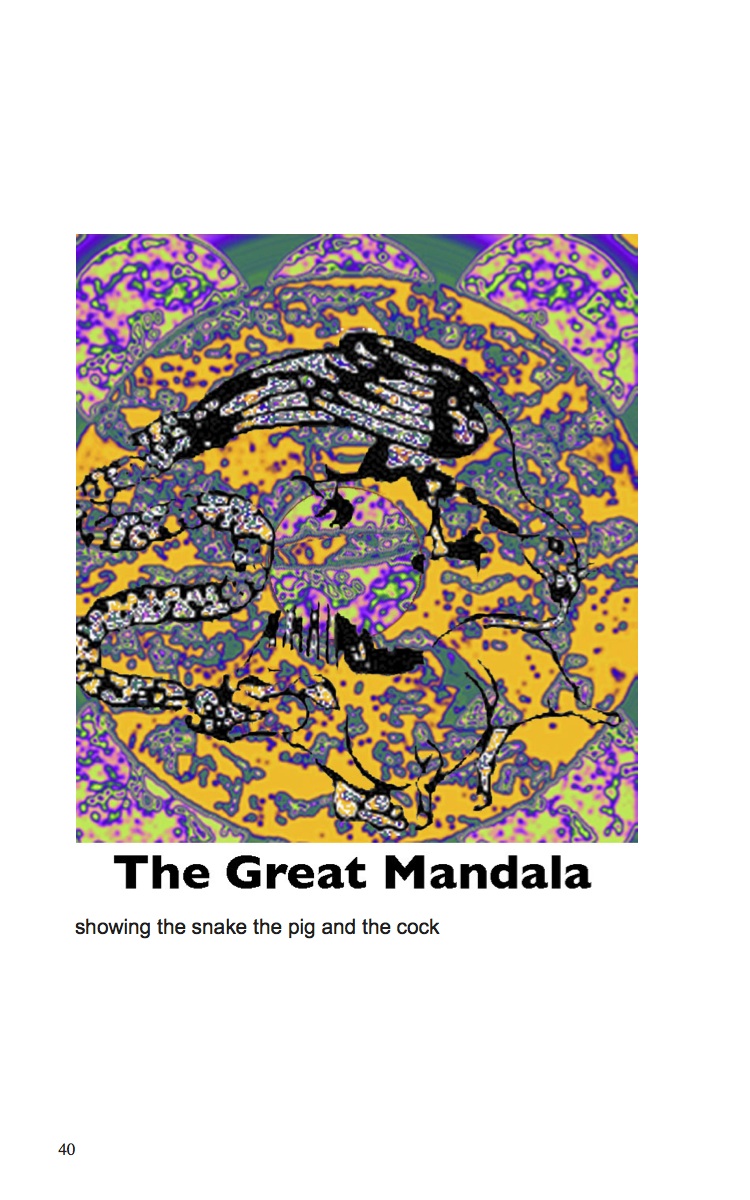
The Great Mandala circulating around the all seeing eneryg. One day he understands what the instinctual figures circulating about mean.
Love makes a man feel like a butterfly.
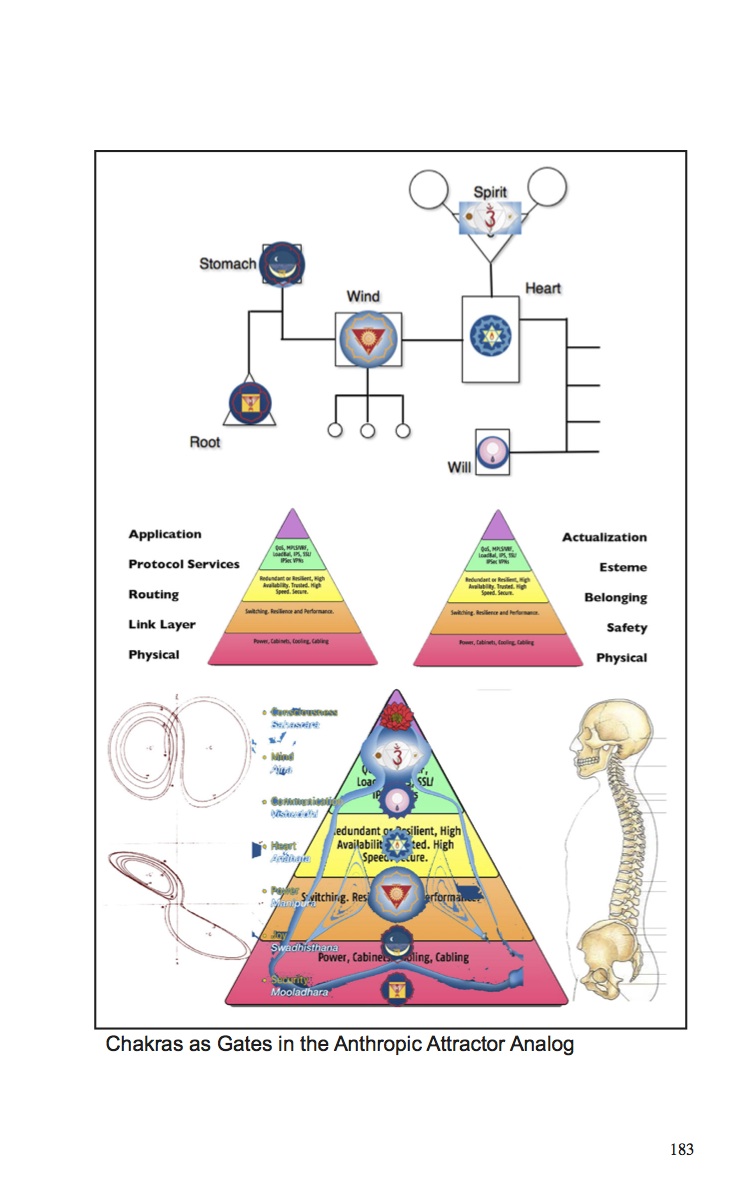
Chakras as Gates in the Anthropic Attractor Analog.
This diagram pulls together many subjects in a couple of chapters. The hierarchy of being in the 7 layers of Maslow related to the 7 chakras and hierarchical structures in the evolution of consciousness related to the 7 layers of networking structures in the Open Systems Interconnect model of the most important mandala of our time. It also relastes to the idea of chakras as attractors ofchaos theory. Also there is a kind of chakra radio. An engineering marvel.
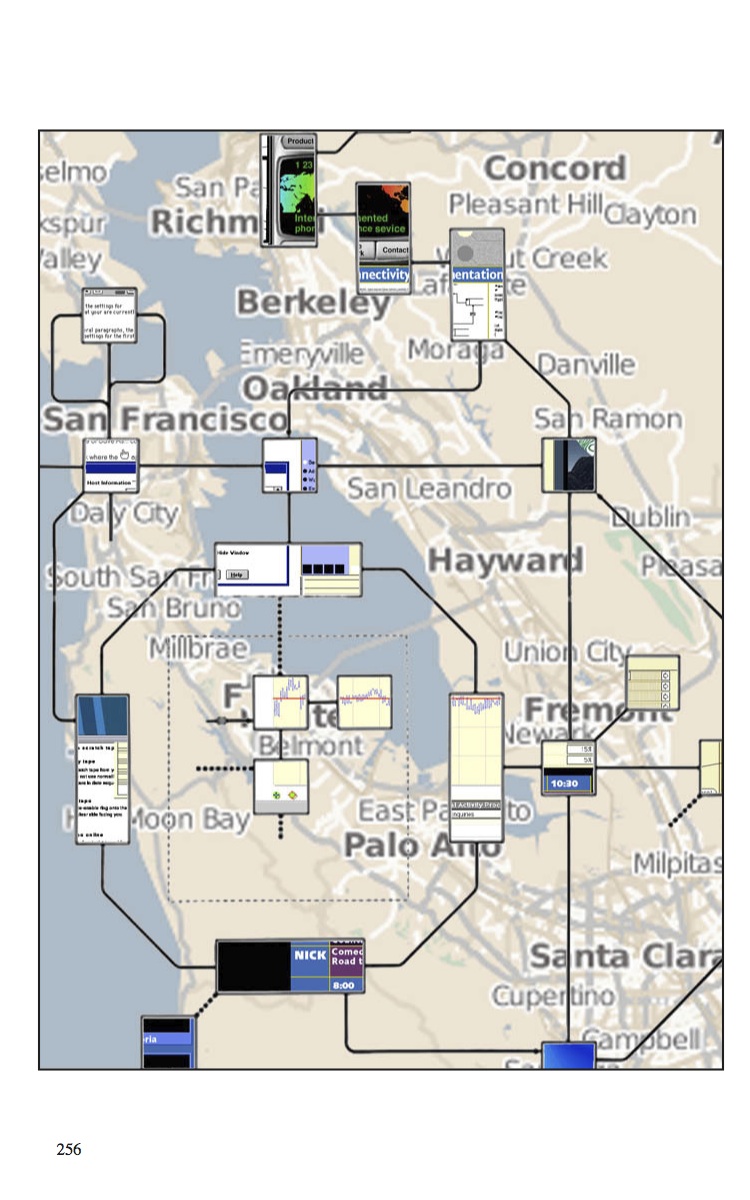
A map of the Bay Area showing some of the places Walker worked and the interfaces he developed while there.
A painting titled Figurative Abstraction, Crystal Ball, Maxwell's Daemon.
A Jungian compass mandala showing the 4 directions as archetypes, the APES Anima, Persona Ego and Shadow.
A gestalt meditation of working in a geology company, holding up the abstract mathematical structure, the Momen Tensor as the thing used to locate the source of earthquakes.
The presentation of an image given by the psyche in a big dream, with an insight into the Four Functions
Illustration of a cyberpunk game writing tool.
Illustration of the armature of how archetypes crosso int being autonomous sub personalities
Illustration of time focused psychological funtions and how the psyche adapts itself to the space time cone of causality and how these are collisions in a Feynman scattering, one of which becomes virtual by going backwards in time.
|
